
Vision Improvement Solutions to Get Rid of Reading Glasses
No one likes to feel like they’re getting older, but our bodies are constantly reminding us. That goes especially for your eyes. Our once hawk eyes have now dwindled and require reading glasses, the dreaded mark of aging eyes.
You may have once been able to read a street sign from a block away, but now you have trouble reading the small print on a cereal box. Don’t worry. You aren’t alone. In fact, chances are that if you’re over the age of 40, all your similarly aged friends are going through the exact same thing.
But there may be hope on the horizon to get rid of those pesky reading glasses: a new implant called the Raindrop. Recently approved by the FDA, the Raindrop may be the answer to treating presbyopia and replacing reading glasses. The question now is: is this new implant safe enough or are you better off with your old-fashioned reading glasses? Before we decide, let’s talk about the root causes of the need for Raindrop or reading glasses.
Presbyopia
If you’ve recently reached middle age (over the age of 40) and notice that maybe your eyes aren’t focusing as well as they used to or you’re having trouble reading things at a close distance, then you’re probably suffering from something called presbyopia.
Presbyopia is a vision condition that will affect everyone eventually. This condition is the natural loss of elasticity in the lens of the eye. As a result of this, you’ll need glasses for activities like reading, working on the computer, sewing, cooking, reading menus, or any activity that requires near sight.
Over time, it is normal for your age to wear down your eyes. In this case, the lens of the eye becomes thicker due to a build-up of protein and loses its ability to focus because the lens won’t bend. This differs from cataracts when a protein build-up will cloud your vision.
Presbyopia does not cause vision loss; only blurred vision when doing near work like the activities mentioned above. The condition is often nothing to be worried about. It does not cause permanent damage to the eye.
Treatment
Because presbyopia does not affect the very shape of the eye like other refractive errors like nearsightedness, farsightedness and astigmatism, bifocals are not necessary.
Instead, presbyopia is usually treated with reading glasses. These reading glasses are worn only when one needs to complete near work, as opposed to bifocals, which are worn all day long.
However, bifocals can be prescribed by your eye doctor if you wish to have a pair of glasses to wear all day long. This is a good choice for people whose jobs require a lot of near work.
Soft lens contact lenses are another treatment for presbyopia. However, those who opt for this solution are often disappointed in the results. They report a decrease in visual acuity and a loss of depth perception.
Because presbyopia is ever-changing, you’ll need to update your prescription regularly for whichever treatment you choose. Talk to your doctor about which solution is best for you and if it’s possible to get rid of the reading glasses or not.
Implants for Presbyopia
Perhaps wearing glasses or contact lenses is not a treatment that interests you. In that case, you may consider implants like the Raindrop. This implant is said to be the solution to presbyopia and the end of reading glasses.
What Is an Implant?
The Raindrop inlay is a small implant that goes into one eye to help with near sight. Doctors place the implant in only one eye so that the other eye can still be used for seeing at a distance.
The Raindrop is sort of like a mini contact lens. It is the shape of a disk and is made up of 80 percent water. According to the official Raindrop website, the implant includes similar materials to a soft contact lens.
The implant helps to manipulate the cornea to be able to focus better on near objects. However, your eye’s lens is always changing, and because of that, the implant may become obsolete as your natural lens continues to decrease in flexibility.
What happens after the implant can no longer change the shape of the cornea is unknown. This specific problem has yet to be an issue for anyone who has the inlay. Experts suggest that the implant will be of use for a period of time until one begins to develop cataracts, glaucoma, or other age-related eye diseases.
Is It Safe?
The million-dollar question: is the Raindrop safe? This implant has been FDA-approved. However, it is completely normal to question the safety of a new health product on the market whether it’s a new drug, a new vaccine, or a new eye implant. If there’s one thing we know for sure, it’s that compromising your safety is never healthy.

But is this new implant worth the risk? After all, the procedure does include surgical elements. A doctor will use a laser to make a tiny pocket in the cornea of the eye to then insert the inlay.
Even though this procedure takes less than 10 minutes and your eyes will start literally seeing results within 15 minutes, lasers always carry risks. The worst of these risks is the burning and scarring of the eye. So far, no cases have been reported of burned or scarred eyes due to the laser.
However, the implant itself has caused infections in some people. Infections on the cornea can be very dangerous as they cause scarring. These scars can permanently alter and sometimes damage your vision. To combat this issue, doctors prescribe special eye drops. During this time, you will be monitored by your doctor.
So, is it safe? The implant sure has its cons, but it also has a list of pros that are hard to beat. However, you should discuss potential risks with your doctor before you come to any conclusions.
Natural Alternatives to Get Rid of Reading Glasses
If it were up to us, we’d opt for natural restoration alternatives like vision-healthy diets and eye vitamins! With the right vitamins, minerals, and herbs, you can naturally improve common vision conditions like presbyopia and get rid of the reading glasses now!
Our Rebuild Your Vision Ocu-Plus Formula Contains All 17 Vitamins, Minerals, and Herbal Supplements to Improve Your Eye Health!






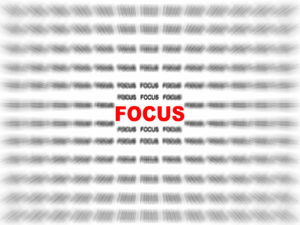

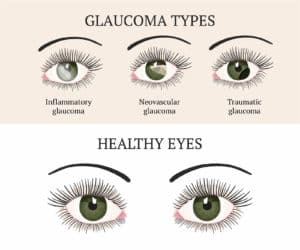
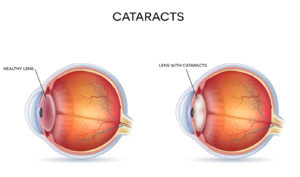
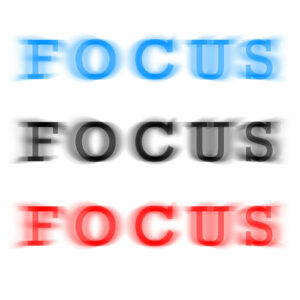
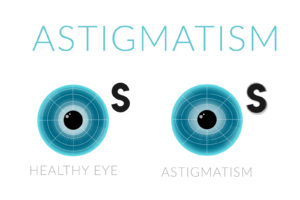
Leave Your Reply